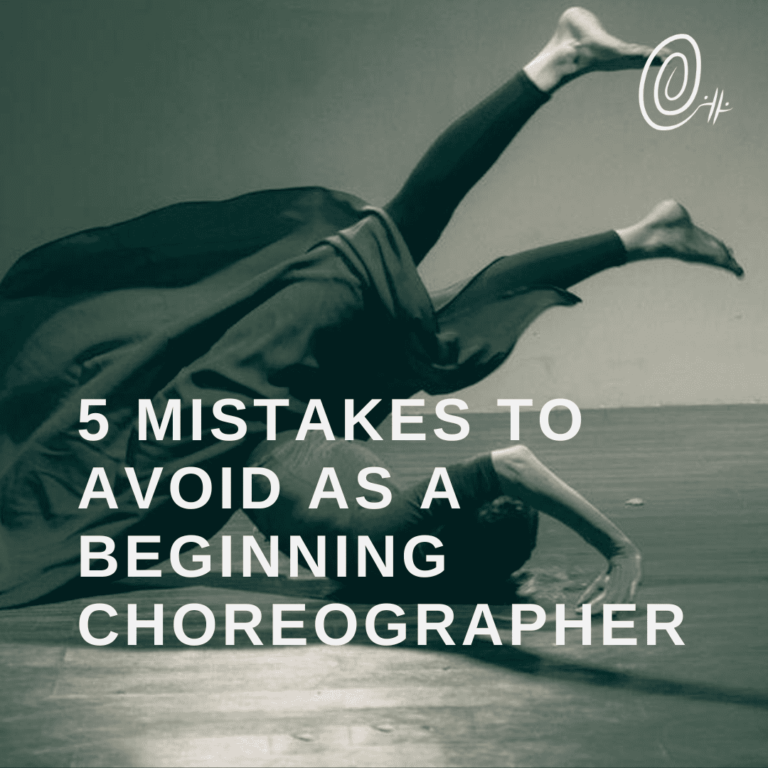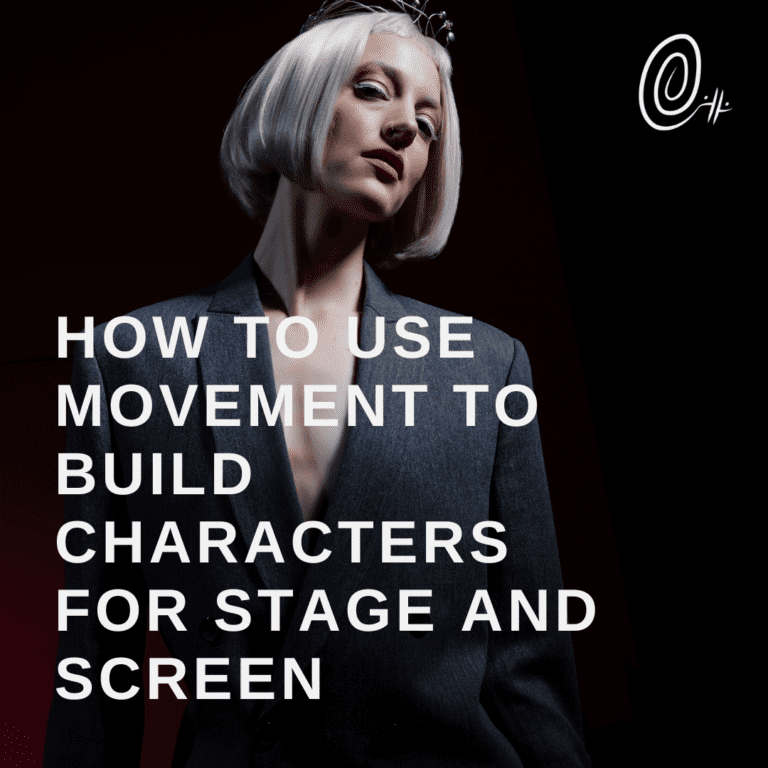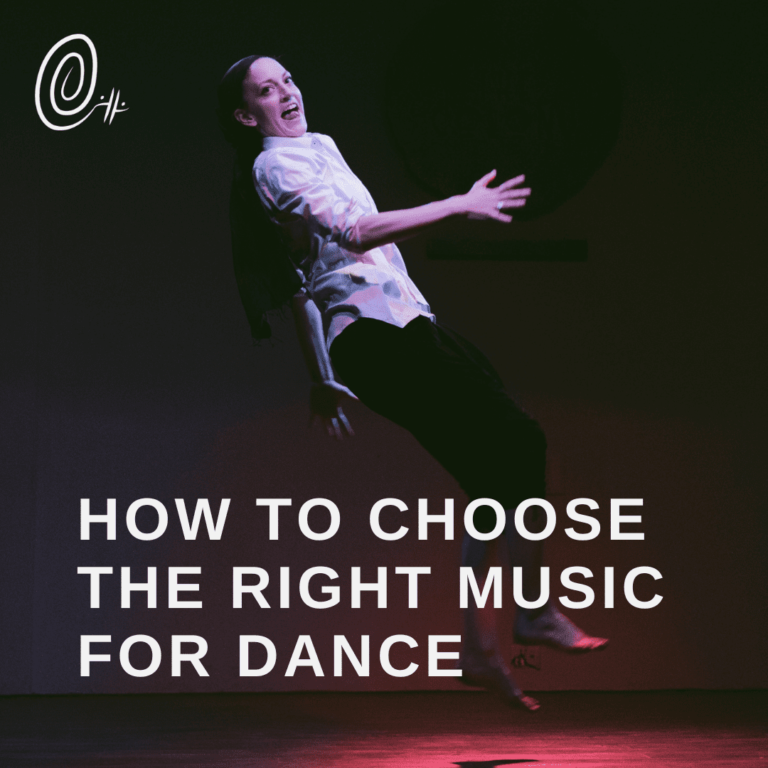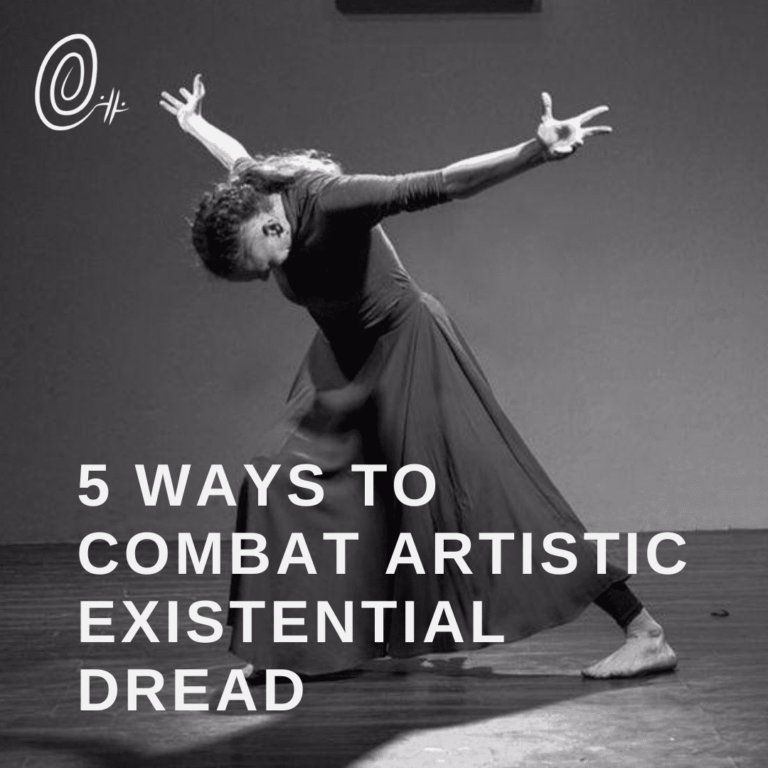5 Tips to Get Great Dance Photographs
We’ve all seen those amazing dance photographs – high extensions, flowing clothes, unreal shapes as they jump. But then you go to the studio to take your own pictures, and somehow, it’s not at all the same. The postures aren’t as strong, the shapes aren’t clear. What’s going on?? And how can you get those beautiful dance photographs?
The secret is that photographs, even dance photographs, aren’t really dance. Like I discussed before with film, it’s a different medium, and you need to approach it as such.
Photographs are a moment, and the preparation for them is all about gearing up for a still posture, or something that can be held, even if just for the fraction of an instant it takes to click the picture (not just the shutter speed, but the human reflex, and the time it takes to push a button). There are also a lot of other things that go on, from props, helpers, and post production.
This blog is not written from a photographer’s perspective. I can’t tell you the camera or the settings you need, and nor do I have anything to say about the lighting required. Rather, this is from a dancer’s perspective – how can you, as a dancer, prepare for and take the best dance photos possible?
Tip 1: Dance photographs favor virtuosity, so get warmed up
Let’s face it – photographs can’t see subtle movement, or really any movement at all. Most dance photographs feature extensions and leaps because that’s what a camera can capture and translate. Small movements are not very interesting on the camera. That means that you’ll be doing lots of jumps and rélévés, and if you’re not warmed up, you’ll be hurting the next day.
It can be hard to find the moment to warm up, because you might be doing makeup and there’s a tendency to want to jump straight from makeup to clicks. I say this, because that’s my tendency! But if you can, if you have just ten minutes, a bit of stretching will go a long way.
Tip 2: Use different angles wisely
In performance, if you are facing the audience at a slightly altered angle than usual, it doesn’t really matter. In photography, it matters a lot, and sometimes the angle is the difference between a posture that “looks” technical or not. Angles can hide bent knees or slightly off alignment – or they can exaggerate these things. The level of the camera and where you are facing will affect the photo.
Make sure you are working with the photographer to check the images as you go and if something is looking off, try a few angles. Try to make sure you have the time to do this comfortably. It’s better to take more shots on fewer postures than have a bunch of pictures that aren’t very exciting.
Tip 3: Get helpers for the extra cloth
Did you think all those amazing dresses float on their own when you jump?
I did, too. It turns out, though, that they don’t, and actually if you want floating cloth, you need helpers around to throw it as you move. It’s also often more cloth than a normal dress. Sometimes it’s attached, sometimes it’s separate. Before you go to your shoot, if you want some of these floating pictures, ask your photographer to arrange extra cloth or plan to have volunteers around.
I guess in today’s day and age you might be able to add this stuff in with AI, but on the safe side, you can do it the old fashioned way. The effect is quite interesting, though, so do play around with it.
Tip 4: Pay attention to your face
Since you’ll be jumping or doing other quite difficult moves, you might notice when you look at the pictures that your expression is a little…weird. It’s hard to control your face when you are doing something hard, but the camera sees everything. In order to save time, try to think about it before the click and make sure you know exactly where you’ll be looking. Try to relax your mouth especially, which is where most people hold tension when they’re dancing. It’s hard to get that blissful look that you see in the best dance photographs!
Tip 5: Don’t move
This seems like it would either be very obvious or very contradictory. However, I say it for a reason: in numerous dance photoshoots, the photographer has suggested I just move and they click as I do. The idea is to capture something of the actual movement.
It never works. It doesn’t give interesting angles or particularly exciting or engaging photos. The best dance photographs involve very little dancing at the end of the day. The good pictures are carefully staged, single movements that are meant to reach a final posture (even if that’s in the air.)
It’s a good idea to do your planning beforehand on what poses you want to do, and if you do improvise with the photographer, try to aim for clear shapes, mostly elongated or demonstrating some kind of virtuosity.
Of course, it always helps to have a photographer that you know and trust, who knows their lights and timing, especially for those jump shots! Still, in any case, keeping these tips in mind will give you a better chance at getting amazing dance photos.
Best of luck!







